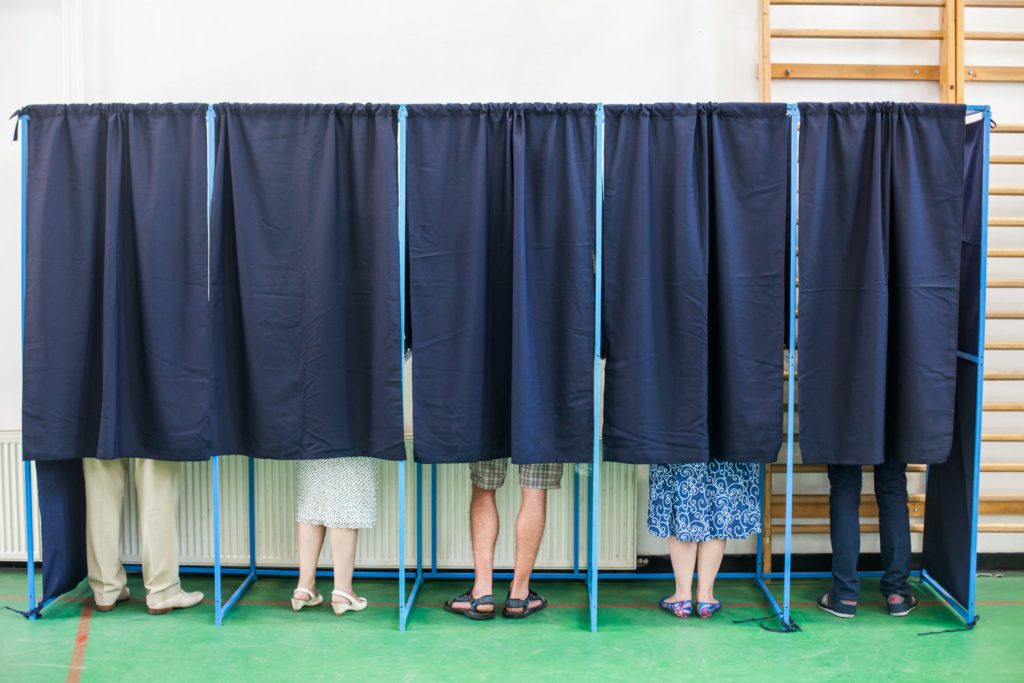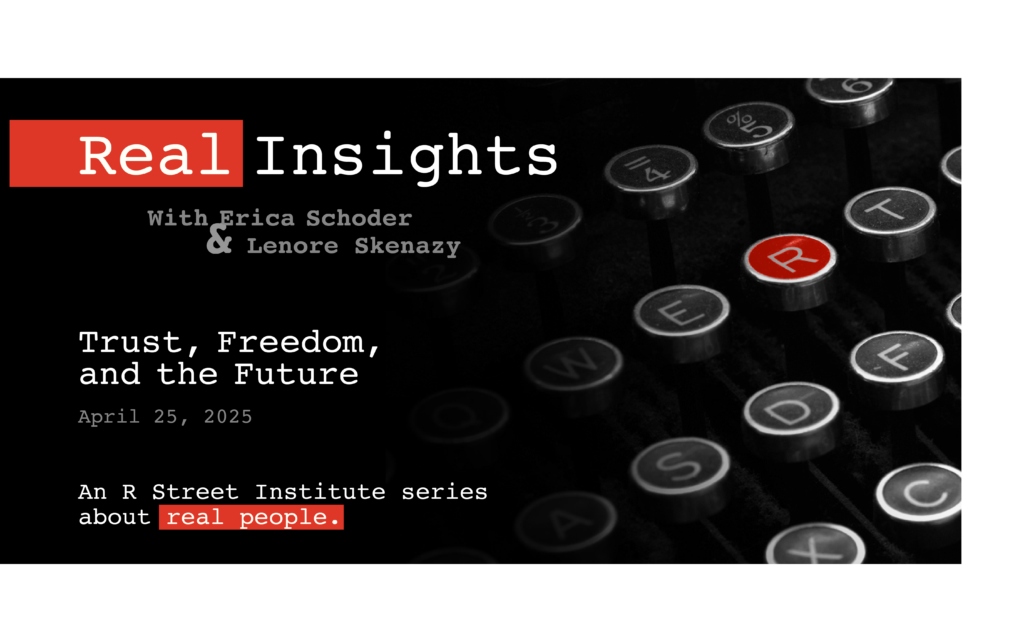ITC Issues Another Exclusion Order Against Non-Infringing Cable Boxes
On April 23, the ITC made its Final Determination in Digital Video Receivers and Related Hardware and Software Components (Inv. 1103) (DVR II) again finding that Comcast violated Section 337 and issuing another round of exclusion orders against imports of non-infringing cable boxes. Comcast is currently asking the Supreme Court to review a Federal Circuit decision upholding the ITC’s boundless interpretation of “importation . . . of articles that infringe” to include directing the importation of non-infringing articles used to induce infringement in the United States. The ITC’s determination in DVR II largely mirrors its first decision but with one interesting addition.
In DVR I (Inv. 1001), the asserted patent was for scheduling a recording over the internet with a smartphone. Comcast was not the importer of the accused cable boxes, which it purchased from third-party suppliers, but the ITC found that Comcast exercised “sufficient control” over the importation to count as an importer because the cable boxes were custom-made and only worked on Comcast’s network. And the actual importers were deemed not to have violated Section 337 because the cable boxes don’t infringe. Nevertheless, the ITC ordered the exclusion of these non-infringing cable boxes as a remedy for Comcast inducing its customers to infringe. In doing so, the agency found a trade law violation based entirely on post-importation domestic activity.
Interestingly, the cable boxes were never actually blocked at the border, because Comcast fixed the infringement—not by redesigning the equipment but by simply deactivating the offending feature on the app. The patent at issue in that case was later deemed invalid by the Patent and Trademark Office and then expired while both the ITC and PTO decisions were under appeal.

In the DVR II investigation just now concluded, the dispute is similarly disconnected from the accused cable boxes. The asserted patent describes highlighting some of the text in a list of search results when a customer is using the number pad on a remote. Comcast has already disabled the offending feature without altering its cable boxes. So the new exclusion order is moot from the very beginning.
In addition to finding, as in the first case, that Comcast engaged in constructive importation, the ITC in DVR II also determined that Comcast engaged in “sale after imporation.” (Section 337 prohibits three activities related to infringing articles: importation, sale for importation, and sale after importation.) The “sale” in this case is the fee that Comcast charges to customers who cancel their service and don’t return their equipment. When Comcast collects that fee, “there is transfer of property of the unreturned STBs from Comcast to its customers in exchange for the customer’s payment of the price Comcast charges.”
The practical consequence of all this is that a trade agency is using a very small number of “sales” as a jurisdictional hook to adjudicate a domestic licensing dispute between two American companies and to issue a trade remedy against a service company’s imported supplies. Even if you support the issuance of injunctive relief in all patent cases, an exclusion order in this situation still does not make sense. The importation of an upstream component is an entirely arbitrary moment in the supply chain if the component does not infringe. But the ITC seems quite intent on adjudicating more domestic disputes “involving” imports and issuing its arbitrary trade remedy for domestic infringement.









